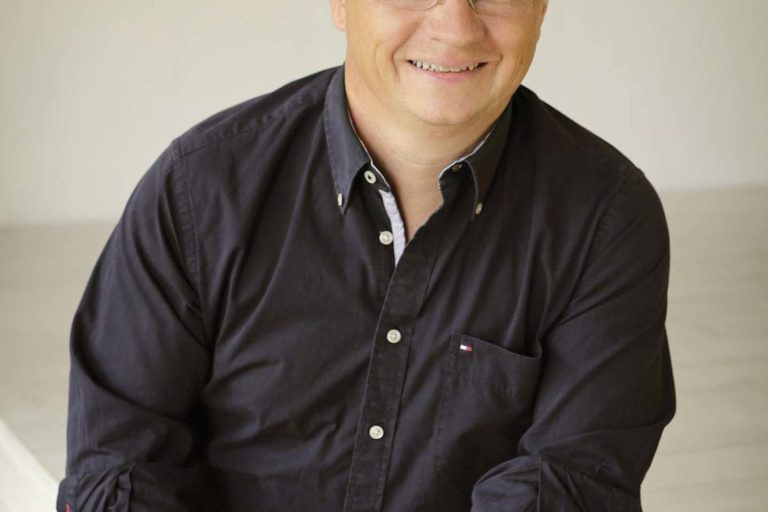PEOPLE
Notice Something New Every Day

WORDS: PHOTOGRAPHY
If I said to you that we don’t see with our eyes, you’d probably think me completely mad, or at least tell me to check my knowledge of anatomy! The truth is, though, we really don’t see with our eyes. Let me explain …
Of the 70,000 stimuli we are presented with each day, we consciously only notice around 3000 of them. Which 3000 we notice is largely determined by our beliefs, what is important to us, and what we value most.
In effect, what we notice becomes evidence of our beliefs. If we have a negative belief about something, the things we notice around us will reinforce that belief and start a trail of subconscious thought that will strengthen the neural pathways associated with that thought, thus we end up getting the same outcome.
So we don’t see with our eyes, we see instead with our emotions, beliefs and values. Our eyes as well as our ears and other sensory organs are simply conduits that relay signals to the brain which, in turn, interprets them according to those values, beliefs and emotions.
To change your outcomes and results, you need to first change what you think and also what you ‘see’. One good way to practice this is to consciously and deliberately notice at least three things every day that you have not noticed before. Then you associate each new thing with a new thought and a new belief that is aligned with a better outcome, one that you want to achieve.
For example, let’s say that you have the following belief: you’ll never get the job you want unless you promote yourself as others seem to do. What you will notice is that all the people getting good jobs seem to also be good at self-promotion. Instead, if you switch your focus and deliberately look for someone in a good job who is not a self-promoter, or situations where an obvious self-promoter didn’t get the job, you can start to associate the evidence you ‘saw’ with a new thought and a new belief that people like you can actually get the good gigs. The funny thing is that it was there all along, you just weren’t used to looking for it.
By paying attention to different things going on around us, instead of operating on auto-pilot and gazing at our own navels, we can reduce stress, unlock creativity, and boost performance.
The process of actively noticing new things is called ‘mindfulness’. By becoming mindful we are brought to the present moment and this very process stops us from making negative evaluations, worrying that we’ll find problems we’re powerless to solve.
It is a very simple process that anyone can undertake. The techniques required to cultivate greater mindfulness are incredibly simple and are available to absolutely anyone free of charge. The more you practise it, the easier it is to develop. Being in the present moment can become as much of a habit as our normal state of what I like to call ‘mindlessness’, where we are in a distracted state and completely mindless of what is actually happening around us.
If you haven’t heard of mindfulness, then an easy way to describe it would be to give you an example of an every day occurrence applied in a mindful way. Let’s look at having a shower in both a mindful and mindless way.
Mindless: You barely notice the water as you step underneath the shower because you’re thinking about some conflict that happened at work yesterday, and wondering how you can resolve it. Oh, and is there any milk left in the fridge or did your teenage son finish it up along with the last of the bread? Teenagers! Now you’ll have to run out and get something in for breakfast. Why is the water always either too hot or too cold?
Does that thought-pattern sound familiar?
Mindful: You notice the warmth of the water as it hits your skin and you become aware of how soothing it feels. The scent of the shower gel permeates your nose and you wonder what it is … a flower of some kind? You’re mindful of the product and the sensation of it cleansing and refreshing your skin. You’re mindful of the water and how much you’re using, its temperature and the sound of it splashing on the tiles. You’re there in that very moment.
Doesn’t that sounds like a better way to shower?
The opposite of mindfulness is auto-responding, where our brains simply respond subconsciously to the things around us. This sets in motion the same trail of thought we usually have, activating the same old neural pathways and therefore continuing to see life the same way.
It’s like placing ourselves on auto-pilot, where we don’t consciously control our thoughts or actions, our ‘plane’ flies by itself. This can certainly save energy in some situations. Imagine how exhausting it would be to have to think about every movement of your body when you’re driving a car or taking a walk? Some things work really well on auto-pilot. But real change only happens when we apply conscious, deliberate, mindful thinking to it.
Being mindful and aware, rather than operating on auto-pilot, will allow you to choose how you respond to situations, and give you freedom from the habitual old patterns of your mind.
By consciously and deliberately noticing new things, you will start to see fresh, new opportunities for changing your life.
-
Visit www.thepositivelane.com.au to download the full e-Book for FREE.










